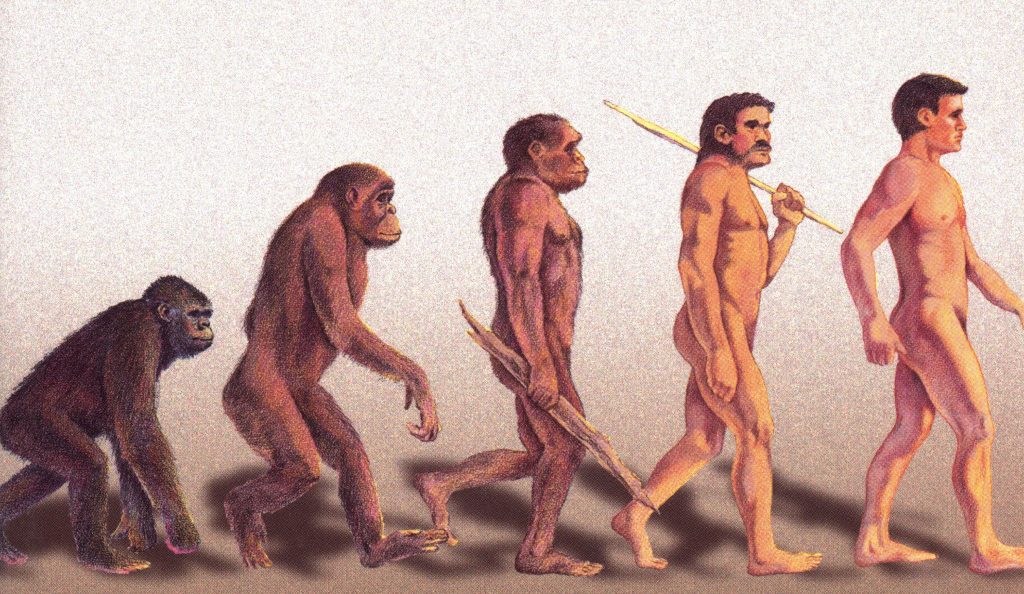Written by developmental biologist Jonathan Wells, Icons of Evolution has become a modern classic. Taking aim at 10 common “icons” used to bolster Darwin’s theory in widely used biology textbooks, Wells shows how they turn out to be scientific urban legends, long-refuted fakes, or misrepresentations of the scientific data. Wells’ book spurred revisions to a number of biology textbooks, and it has been translated into Polish, Czech, Chinese, and Japanese.
This book is a must-read for anyone interested in how high school biology textbooks present modern Darwinian theory, and particularly for anyone planning to teach evolutionary theory. Laden with extensive references to peer-reviewed scientific literature, Icons of Evolution will be impossible for a fair-minded reader to ignore.
The Icons
The 10 “icons” discussed by the book are:
- The Miller-Urey Experiment: A 1953 experiment that supposedly showed how the chemical building blocks of life could have formed spontaneously on the early Earth.
- Darwin’s Tree of Life: A branching tree diagram used to illustrate the descent with modification of all living things from common ancestors.
- Homology in Vertebrate Limbs: Similarities in limb bones used as evidence that vertebrates (animals with backbones) are all descended from a common ancestor.
- Haeckel’s Embryos: Drawings of similarities in early embryos used as evidence that all vertebrates (including humans) evolved from fish-like animals.
- Archaeopteryx: A fossil bird with teeth in its mouth and claws on its wings, often cited as the missing link between ancient reptiles and modern birds.
- Peppered Moths: Photos of moths resting on tree trunks that supposedly provide evidence for evolution by natural selection.
- Darwin’s Finches: Thirteen species of finches on the Galápagos Islands that are used as evidence for the origin of species by natural selection.
- Four-Winged Fruit Flies: Fruit flies with an extra pair of wings that supposedly provide evidence that DNA mutations provide the raw materials for macroevolution.
- Fossil Horses: Fossils once used to show that evolution proceeds in a straight line and later used to show that it doesn’t.
- The Ultimate Icon: Drawings of ape-like creatures gradually evolving into humans, used to show that we are just animals produced by purposeless natural causes.
In Zombie Science (2017), a sequel to Icons of Evolution, Wells updates his discussion of the original icons and covers six more: DNA as the Secret of Life; Walking Whales; the Human Appendix and Other “Junk”; the Human Eye; Antibiotic Resistance; and Cancer.
Endorsements
“Jonathan Wells has done us all—the scientific community, educators, and the wider public—a great service. In Icons of Evolution he has brilliantly exposed the exaggerated claims and deceptions that have persisted in standard textbook discussions of biological origins for many decades, in spite of contrary evidence. These claims have been so often repeated that they seem unassailable—that is, until one reads Wells’s book.” Dean H. Kenyon, Professor Emeritus of Biology, San Francisco State University
“Science cannot coexist with lies. We all assume that textbooks contain only a few misprints and minor factual errors. But, is that really so? …Wells has done a great public service… His arguments are easy for laymen to follow. However, the extensive coverage of all the icons of Darwinism in the diverse fields of Biology, with extensive research notes, makes this volume a valuable reference for a professional biologist. Icons of Evolution is a must-read for all who are interested in science.” Paul K. Chien, Professor of Biology, University of San Francisco
“In my role as an active researcher and teacher, I have found that the book Icons of Evolution challenged my assumptions and presented a reality check. It has encouraged me to be more discerning and honest about what constitutes the body of scientific knowledge, and, equally important, what is fiction… I have found it refreshing to consider, teach and discuss the ‘icons’ in light of the information that Wells has provided. In doing so, I have not felt my scientific integrity compromised. Indeed, it has encouraged many of my students and me to take a fresh look at science—without which, I feel contemporary science is in jeopardy of stagnation.” Marvin Fritzler, Professor of Medicine, University of Calgary
“This is one of the most important books ever written about the evolution controversy. It shows how devotion to the ideology of Darwinism has led to textbooks which are full of misinformation.” Phillip E. Johnson, Professor Emeritus of Law, University of California at Berkeley and author of Darwin on Trial
“The mainstream media likes to portray skeptics of Darwinism as bigoted and hopelessly ignorant. But biologist Jonathan Wells (who has PhDs from Berkeley and Yale) show s that many scientists simply can’t alter their Darwinist worldview, and that the theory of intelligent design better explains the actual evidence we have for the development of life.” David Limbaugh, nationally syndicated columnist and bestselling author
“Jonathan Wells demonstrates with stunning clarity that the textbook examples of Darwinists themselves chose as the pillars of their theory are false or misleading. What does this imply about their scientific standards? Why should anyone now believe any of their other examples?” Michael Behe, Professor of Biological Sciences, Lehigh University, and author of Darwin’s Black Box and The Edge of Evolution
“Wells is an iconoclast. He’s literally an icon smasher.” — Richard Sternberg, former Research Associate at the Smithsonian’s National Museum of Natural History
Companion Documentary
Watch the fascinating companion documentary now available on DVD.
Responses to Critics
Explore responses by Jonathan Wells and others to the critics of Icons of Evolution.

